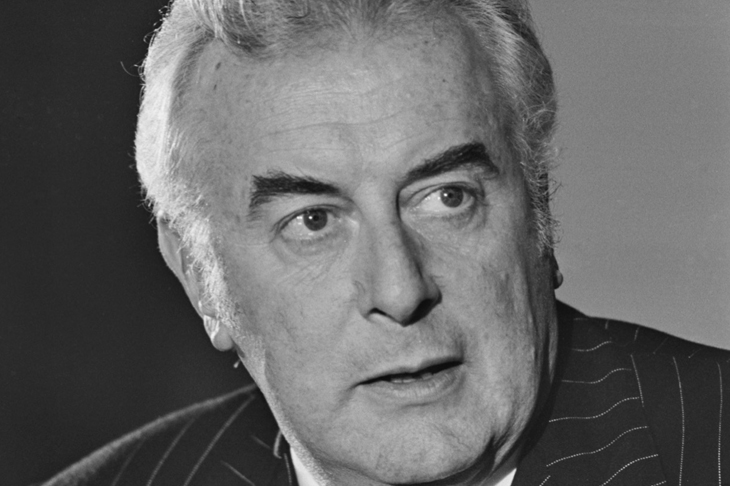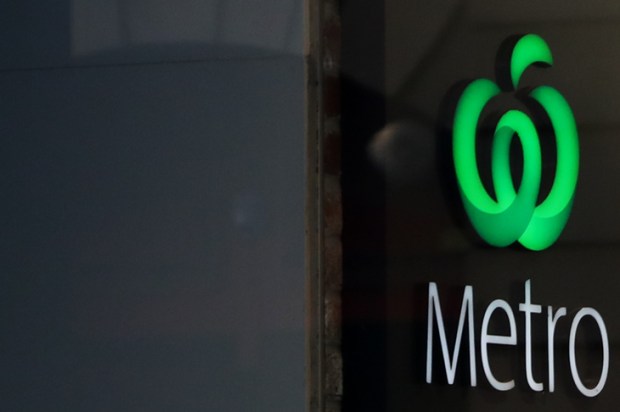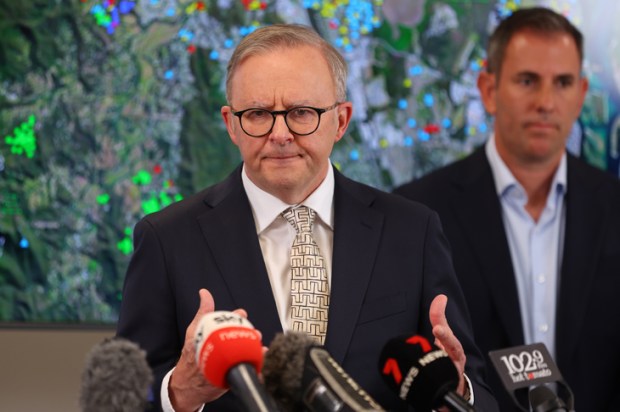Hey Albo, who do you reckon qualifies as an Aborigine? Before I vote in your referendum on an indigenous Voice not only to parliament but to government and all its agencies, like all Australians I’m entitled to know just to whom I’m supposed to be giving this Voice. Is it to the seriously disadvantaged 155,000 Aboriginal people living in remote communities who really do need a voice in the corridors of power? Or will their voice be submerged under the almost five-times bigger voice of the 660,000 urban Aboriginal people that make up more than 80 per cent of Australia’s...
Already a subscriber? Log in
Subscribe for just $2 a week
Try a month of The Spectator Australia absolutely free and without commitment. Not only that but – if you choose to continue – you’ll pay just $2 a week for your first year.
- Unlimited access to spectator.com.au and app
- The weekly edition on the Spectator Australia app
- Spectator podcasts and newsletters
- Full access to spectator.co.uk
Unlock this article
You might disagree with half of it, but you’ll enjoy reading all of it. Try your first month for free, then just $2 a week for the remainder of your first year.














Comments
Don't miss out
Join the conversation with other Spectator Australia readers. Subscribe to leave a comment.
SUBSCRIBEAlready a subscriber? Log in